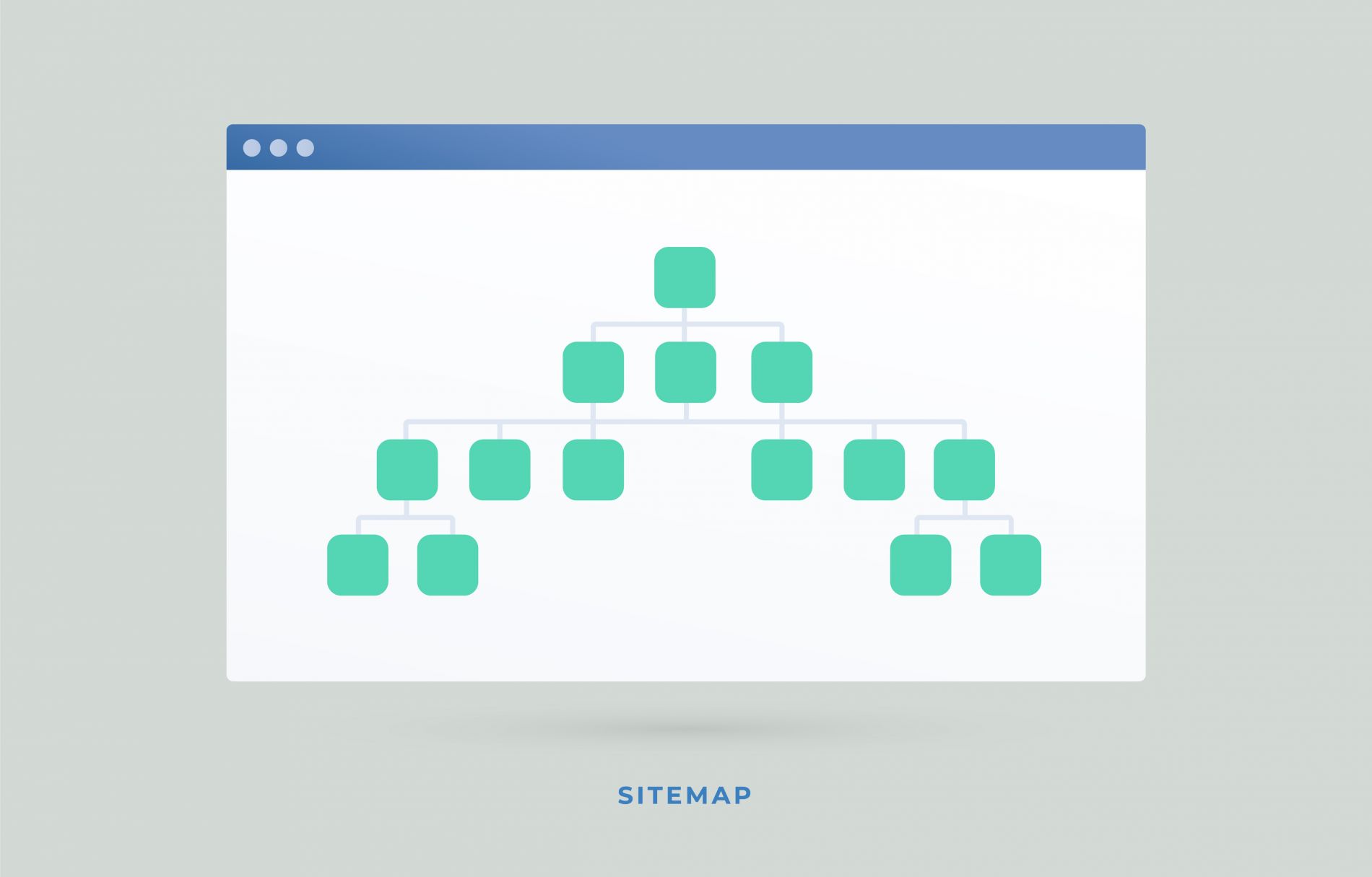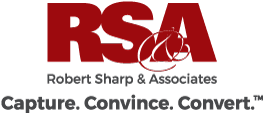Cutting the Crap: An Explanation of Web Development Jargon
– By #RSA

Of all the realms of marketing, website development is probably prone to the most techie jargon. In a way, coding is like its own language. However, your marketing agency should still try to explain steps and processes to you in a way that makes sense.
In this blog, RSA will explain some of the most common words and phrases associated with website development. That way you can walk into your next meeting feeling confident and informed.
Key Web Development Terms and what they mean:
Content Management System (CMS): A Content Management System, more commonly referred to as a CMS, is a software system like WordPress or Wix that is used to edit the design and content on your website. Keep in mind there are hundreds of Content Management Systems available, so you may need to do your research to determine what CMS is most compatible with your business and the type of website you want to create.

Hosting: A website’s hosting is essentially the web server where the files and data for your website are stored. Most hosting services charge users a yearly fee for hosting. These charges are fairly inexpensive but can increase based on the size of your site and the amount of data stored. Choosing a reliable hosting service is an important step in building a secure website.
DNS: The Domain Name System (DNS) is like the phone book of the internet. All websites are associated with a domain name like facebook.com and all web browsers interact through IP addresses. A DNS translates domain names to IP addresses so that internet users are able to load websites and their information. For example, when you enter a domain name like Facebook.com your computer will find the correct IP address associated with that name so you can display the website.
SSL: SSL stands for Secure Sockets Layer and is an important component to ensure your website is secure and encrypted. SSLs allow sensitive information like passwords or credit card numbers to be sent securely. SSLs help protect the data shared on your website and make sure it doesn’t end up in the wrong hands. A website with an SSL will begin with HTTPS rather than HTTP.
ALT Tag: An alt tag, also known as an alt attribute or alt description, is a piece of HTML code applied to images on your website to provide a text description of the picture. This is helpful for SEO because search engines cannot interpret images. When you add alt tags to your images crawlers can inspect your entire page, including imagery. It is also an important aspect of making your website ADA compliant. Users with vision impairments may use screen readers to consume website content and with Alt tags, they will be able to hear a description of the images on your website.
Navigation: Your website navigation, or menu, is essentially the road map of your website. Using the website navigation, users can easily find the information they are looking for and get to different parts of your website.
Plug-in: A plug-in is an add-on to a CMS that allows you to add additional features. Examples of plug-ins could be calendars, news modules, forms, and many others. If you are going to utilize a third-party plug-in on your website, make sure the plug-in is secure and compatible with your CMS.
Site Map: A site map is basically a mega version of your navigation that provides users with an organizational chart of all the pages on your website. Having a site map on your website helps make your website easier to navigate and also aids in search engine crawling which could lead to an increase in organic rankings. Additionally, site maps are a helpful way to improve your website’s ADA compliance.

ADA Compliance: ADA Compliance is short for the Americans with Disabilities Act Standards for Accessible Design. This means that all websites should be accessible to those with disabilities. Ensuring your website is compliant does not only provide a better user experience, but it can also help you avoid being penalized or even fined for not having a website that abides by ADA practices.
Backend: The backend of your website, or you may hear it called the admin area, is essentially everything behind the scenes. The backend of your website is where all your files and data are accessed. This is also the area where you can make changes to content, imagery, and the overall design of your website.
All this information may seem overwhelming but knowing these phrases can help you gain a better understanding of the web development process and everything that goes into it. But remember, if you feel like your agency is going over your head when they are talking about your website, ask them to explain it again. Any agency that doesn’t want to help you understand your project probably isn’t the right agency for you.
Last Modified:


